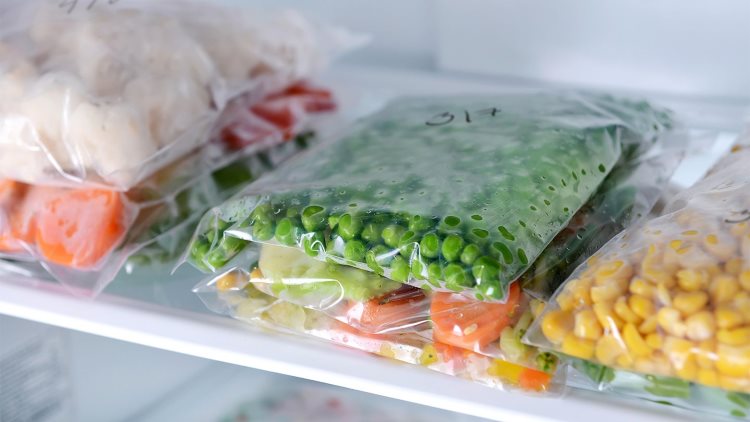Cold chain packaging of food plays a crucial role in ensuring the safety and quality of perishable products throughout the entire supply chain. Maintaining a consistent and controlled temperature is essential to prevent the growth of harmful bacteria, yeast, and molds that can lead to foodborne illnesses. The cold chain helps preserve the nutritional value, flavor, and texture of foods, extending their shelf life and reducing the risk of spoilage. This is particularly important for products such as fresh produce, dairy, seafood, and vaccines, where temperature variations can significantly impact their integrity and efficacy.
As the global demand for fresh and perishable foods continues to rise, the significance of cold chain packaging becomes even more pronounced. Population growth, urbanization, and changing consumer preferences are driving an increased need for diverse and high-quality food products, often sourced from different regions and countries. Cold chain logistics enable the transportation of these products over long distances while maintaining optimal temperature conditions. This not only allows for the availability of a wider variety of foods year-round but also supports global trade by facilitating the export and import of perishable goods without compromising their safety and quality.
In addition to meeting the demands of a growing population, the importance of cold chain packaging has been underscored by the expansion of the pharmaceutical and healthcare industries. Many medications and vaccines require strict temperature control to remain effective, and cold chain logistics ensure that these critical healthcare products reach their destinations in pristine condition. The global distribution of COVID-19 vaccines, for example, has highlighted the indispensable role of cold chain infrastructure in safeguarding public health on a massive scale. In summary, cold chain packaging is not only vital for preserving the quality of our food supply but also plays a key role in supporting health, safety, and the overall sustainability of a globally connected supply chain.
The global cold chain packaging market is anticipated to reach US$ 26.1 billion in 2023. It is set to continue to expand at a CAGR of 14.8% between 2023 and 2033. The market is likely to be valued at US$ 103.7 billion in 2033. Top 5 businesses were estimated to control around 15% to 20% of the market in 2022, which is expected to boost sales of cold chain packaging.
Through the end of 2023, the category of phase change cold storage products is anticipated to represent around 55% of all cold chain packaging products marketed globally. Demand for frozen food is rising, which has led to increasing phase change cold storage. It is mainly utilized for frozen food exports or imports worldwide.
The cold chain packaging industry is expected to hold around 2 to 3% of the global packaging market, which is likely to be worth US$ 980 billion in 2023. In 2022, revenue of the global market reached US$ 22.8 billion. With surging demand for temperature controlled packaging and rising trade of temperature sensitive products, the global cold chain packaging industry is projected to create an absolute dollar opportunity of US$ 80.9 billion in the next ten years.
The target market has a chance to expand as a result of cold chain packaging makers implementing cutting-edge technologies to improve safety and temperature monitoring. During the projected period, it is expected that the market for cold chain packaging will increase by 4.0 times its current market value.
Over the next ten years, the cold chain packaging industry is expected to be dominated by Europe. The region is predicted to account for about 28% of global sales. Distribution of pharmaceuticals and food products throughout the region has increased the need for dependable cold chain packaging solutions.
Top Trends Pushing Sales of Cold Chain Packaging Worldwide
High Demand for Reusable Shippers to Bolster Sales of Cool Chain Packaging Solutions
Consumers and healthcare systems are putting a lot of pressure on the food & beverage and pharmaceutical industries to cut expenses. It would result in great pricing pressure on suppliers of packaging solutions. Customers are likely to favor products that maximize efficiency without sacrificing quality requirements.
Despite having a strong knowledge about the need for cost reduction and environmental impact of packaging materials, several firms have been hesitant to enter the market for reusable, recyclable shipper containers. This is mainly attributed to numerous challenges involved in creating closed-loop or reverse logistics systems.
This necessitates a strong infrastructure and a broad geographic reach. Reusable shippers with phase-change components enable the highest possible payload area use. This is so that dry ice won’t take up any space. Few pharmaceutical businesses assert that adopting reusable shippers can increase their payload capacity by about 25% while lowering system weight.
Packaging solution providers are being pushed by a global trend toward reusable shippers to create a robust closed loop system. Companies that have largely ignored or been sluggish toward this area should be aware of this potential and obtain a huge competitive advantage.
Country-wise Insights
What Makes the USA a Significant Hub for Cold Chain Packaging?
Rising Purchase of Grocery Items through Online Stores in the USA to Fuel Cold Chain Package Sales. Over the projection period, there will likely be a steady demand for cold chain packaging in the USA. According to Future Market Insights, it would likely dominate 80% of the market by 2023. Online grocery shopping is one of the main drivers of growth and will significantly increase demand for cold chain packaging.
Online retailers serve the packaged food needs of customers in the USA. Online grocery shopping is likely to cost an individual a significant amount of perishable goods. It is also projected that this will increase demand for cold chain storage and packaging solutions.
According to Texas Health and Human Services, sanitary transportation rule mandates the implementation of procedures to guarantee food safety by receivers, shippers, loaders, and carriers. They are engaged in the transportation and shipment of animal or human food. It enables parties to decide on the application of best practices to guarantee food safety. Use of temperature-controlled shipping and transit has expanded as a result of these rules.
Why are Germany-based Cold Chain Packaging Companies Showcasing Exponential Demand?
Increasing Demand for Biological Products in Germany to Bolster Sales of Sustainable Cold Chain Packaging
The market for cold chain packaging in Germany is estimated to rise by 3.6 times its present rate between 2023 and 2033. The fourth-biggest pharmaceutical market in the world and the largest in Europe will both be in Germany. High demand for pharmaceutical and biological product packaging and transportation would result from the nation’s extremely desirable location for clinical trials and research.
In comparison to other nations in Europe, Germany spends exponentially per person on medical management, according to the Organization for Economic Co-operation and Development (OECD). Owing to the aging population and high incidence of chronic diseases, the percentage of spending on healthcare has surged since 2000, and is anticipated to continue to rise.
The pharmaceutical industry’s expansion is probably what will propel the cold chain packaging market. Technology and innovation are anticipated to be important factors in the market. Tracking and tracing process will be improved by telematics, temperature sensors, cloud computing, and data loggers. Which will ensure the safety of pharmaceutical supplies.
Competitive Landscape
Business alliances with technology partners are the emphasis of cold chain packaging market players. Cold chain packaging suppliers are anticipated to gain from significant investments in technologies such as cloud computing and internet of things solutions in a variety of ways. These enhancements promise superior cold chain packaging solutions in terms of control, visibility, and transparency.
Few of the recent development by leading players are:
In October 2022, CSafe launched its new reusable pallet shipper named CSafeAPS. It provides reliable and customizable thermal protection at refrigerated and frozen temperatures.
In May 2022, Cryopak, a leading manufacturer of temperature control packaging solutions and temperature monitoring devices expanded its new facilities in Atlanta to better meet the rising demand of its Southeast customers.
These insights are based on a report by Ismail Sutaria Cold Chain Packaging Market by Future Market Insights.
You Might Also Like
- Top 3 trends of the FMCG retail sector in 2022
- How cold chain plays a critical role for the frozen food sector
- Allcargo Supply Chain unveils its state-of-the art Grade A chemical warehouse at Uran, Navi Mumbai
- Revolutionizing the Food Industry: Blockchain’s Trust and Transparency Across Global Supply Chains


